Guardia, ladro e cameriera: A Delightful Comedy of Errors
“Guardia, ladro e cameriera” is a 1958 Italian comedy film directed by Steno. This charming film intertwines the lives of a policeman, a thief, and a maid in a series of humorous and unexpected events. The film is a quintessential example of Italian comedic cinema, blending slapstick humor with clever storytelling.
Plot Overview
The film follows the intertwined lives of three characters: Otello (Nino Taranto), a clumsy but good-hearted policeman; Lello (Tiberio Murgia), a crafty thief; and Angela (Sylva Koscina), a beautiful and kind-hearted maid. The story kicks off with Lello attempting to rob a luxurious villa where Angela works. Otello, in a twist of fate, ends up at the same villa, and a series of comedic mishaps ensue. As the three characters interact, misunderstandings and hilarious situations abound. Otello tries to catch Lello, but his attempts are constantly thwarted by a combination of bad luck and Lello’s clever tricks. Meanwhile, Angela finds herself in the middle of the chaos, trying to maintain order. Through these comedic escapades, the characters develop an unlikely camaraderie.
Themes and Characters
“Guardia, ladro e cameriera” explores themes of deception, duty, and unexpected friendships. Nino Taranto’s portrayal of Otello provides a humorous look at the challenges of maintaining law and order, often highlighting the absurdities of the role. Tiberio Murgia as Lello brings a roguish charm to the character of the thief, whose cunning nature is balanced by moments of genuine humanity. Sylva Koscina’s Angela serves as the moral compass and heart of the film, offering kindness and wisdom amidst the chaos. The dynamic between the three characters showcases the unpredictability of life and the bonds that can form in the most unlikely of circumstances.
Direction and Cinematography
Steno’s direction in “Guardia, ladro e cameriera” expertly combines physical comedy with situational humor. The film’s pacing is brisk, ensuring that the audience is constantly entertained by the antics of the protagonists. Cinematographer Carlo Montuori captures the lively essence of the film with vibrant and engaging visuals, making excellent use of the villa setting to enhance the comedic narrative. The camera work effectively highlights the physical comedy, with well-timed shots that accentuate the humor of each scene.
An Interesting Anecdote
A fascinating anecdote from the production of “Guardia, ladro e cameriera” involves the casting of Sylva Koscina. Initially, the role of Angela was to be played by another actress, but Koscina’s audition impressed Steno so much that he decided to cast her instead. Her natural comedic timing and ability to bring warmth to the character won her the part. This decision proved to be fortuitous, as Koscina’s performance became one of the highlights of the film, adding a layer of charm and relatability that resonated with audiences.
Reception and Legacy
“Guardia, ladro e cameriera” was well-received by audiences upon its release, praised for its humor and the chemistry between its lead actors. The film’s blend of slapstick and situational comedy, along with its heartwarming moments, made it a favorite among viewers. Over the years, it has maintained its status as a classic in Italian comedy, appreciated for its lighthearted take on the complexities of life and human relationships.
“Guardia, ladro e cameriera” remains a delightful and entertaining film, showcasing the talents of its cast and the skillful direction of Steno. The film’s enduring appeal lies in its humorous exploration of human foibles and the unlikely friendships that can arise from chaotic circumstances. It stands as a testament to the timeless nature of well-crafted comedy and continues to bring joy to audiences, cementing its place in the annals of Italian cinematic history.
Watch the movie on Movieitaly+
Read more articles over here!



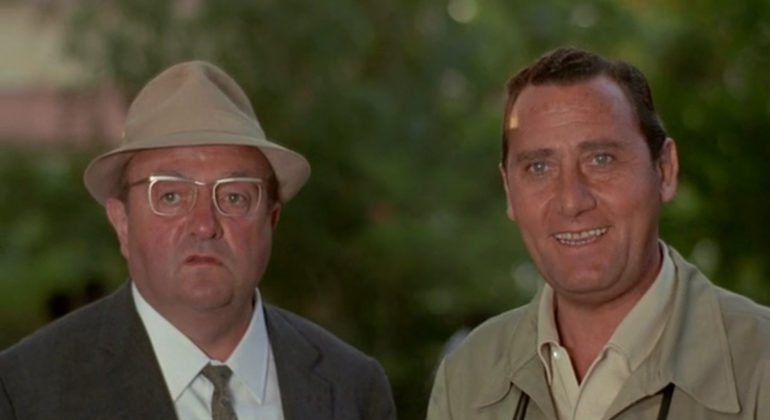
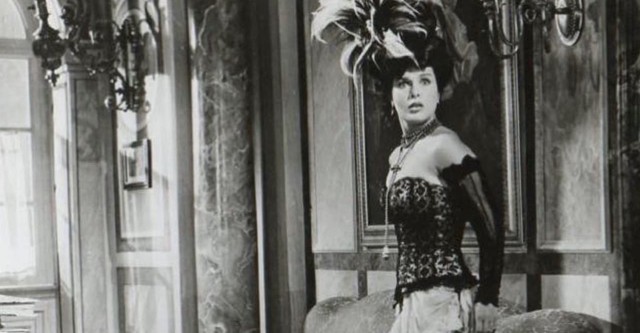

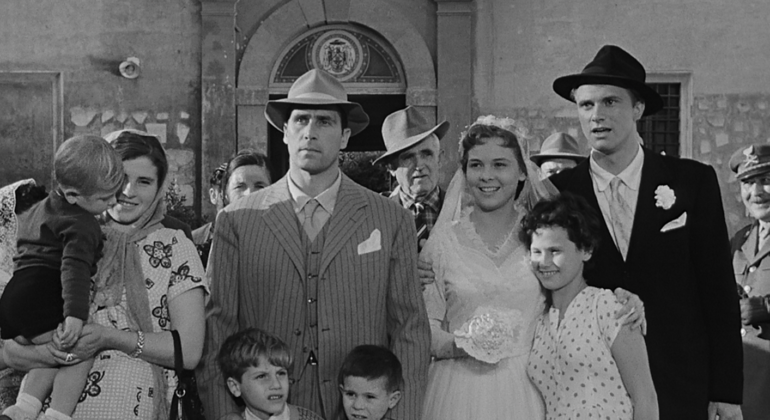



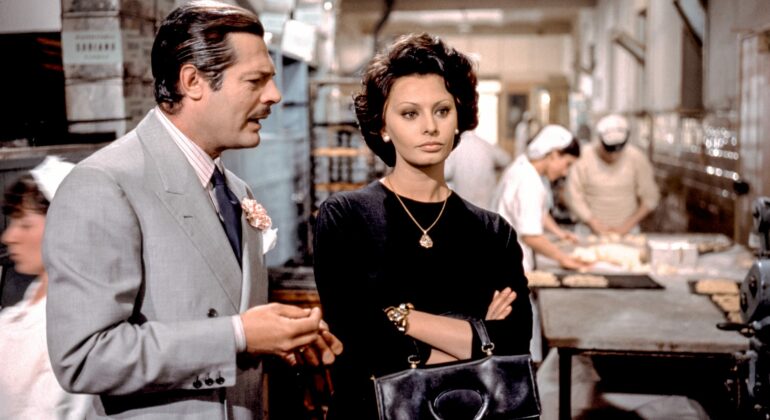

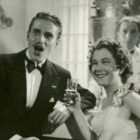
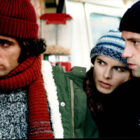
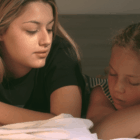

Recent Comments